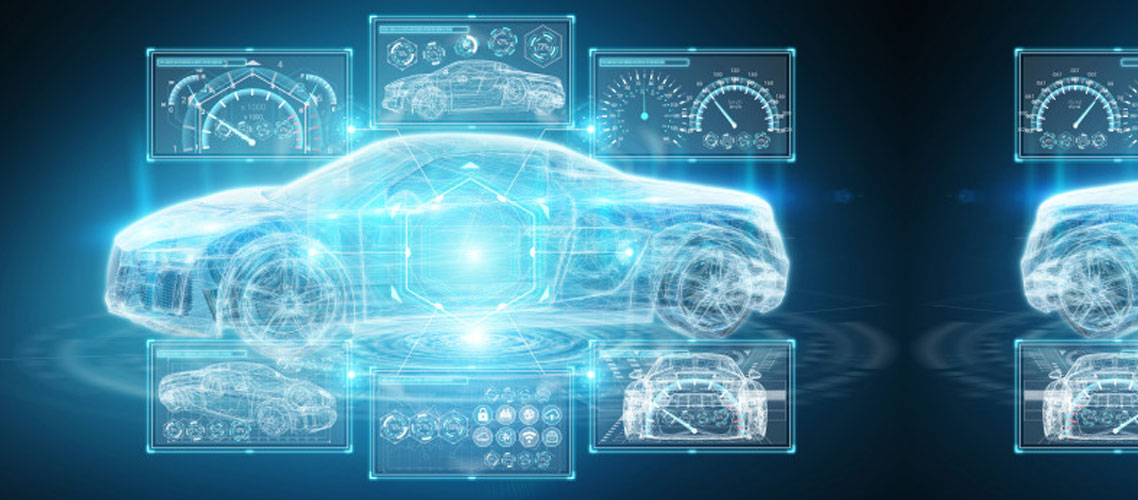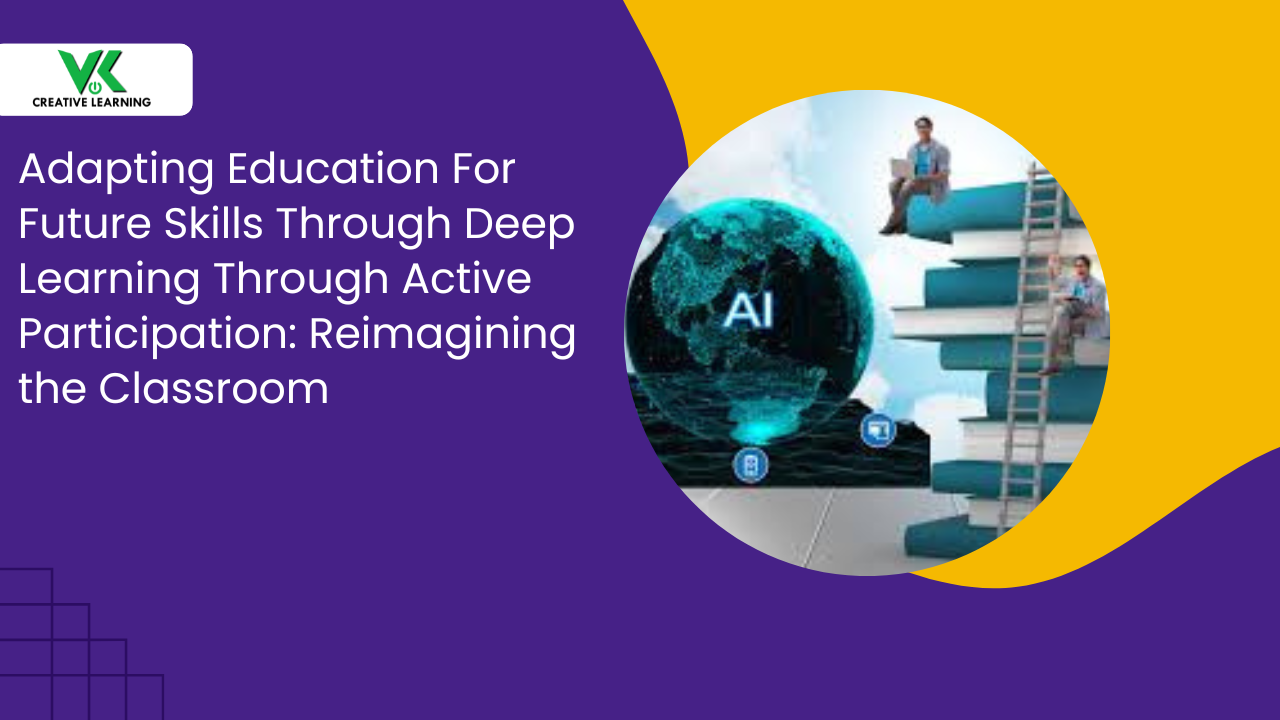Why K-12 and three dimensional learning is the future of education?
May 28, 2020
Indian education has been undergoing a vast sea change in itself. Educators have realized the importance of conceptual understanding and implication of taught concepts in real life scenarios. Most importantly, even the government is shifting its focus towards the both. K-12 and three dimensional learning are powerful tools which can bring effective, impactful, and in-depth learning among students. Thus many K12 content development companies are opting for creation of content based on the K12 curriculum.
What are K-12 and three dimensional learning?
About K-12 learning
K in K-12 stands for kindergarten while 12 stands for the 12th standard. Thus K12 curriculum development covers education from smaller level kindergarten to the 12th grade. The main argument why K12 content development companies feel that syllabus based on K12 curriculum will bring revolution is because K-12 teaching and learning model focuses on certain key aspects of education such as:
- Teacher-student interaction and collaboration
- Introduces innovative methodologies, such as use of animation, simulation and game based learning for providing comprehensive understanding to the students.
- Individual attention
- Classroom activities and assignments to support impactful learning habits among students
- Open discussion between teachers and students to have conversation and productive arguments on wide range of syllabus oriented topics
- Inculcating the habit of self-education among students
- Creation of K12 curriculum development to bring overall development in students, academically and intellectually.
About three-dimensional learning
Three-dimensional learning is made to improve the way is science taught and learned. It is based on the guidelines of Next Generation Science Standards (NGSS) which encourages students to:
- Implement disciplinary concepts in everyday life
- Explore, assess, and understand why and how phenomena occur around us based on the science concepts.
- Design practical and effective solutions to answer day to day phenomena around us based on science and engineering solutions
- Solve different complex problems of the real world by viewing events through the eyes of scientists and engineers.
- Pay special attention to the scientific disciplines such as Physics, Earth Science, Chemistry, Biology, Engineering, Pharmacy, and in other scientific areas.
- Use both crosscutting concepts wherein concepts of one field are applied in other with scientific practices to understand nature.
- Implementing different mathematical concepts and models with methodical computational approach.
Implementation and advantages of K-12 and Three-dimensional learning
The best way both K-12 and three-dimensional learning models can be implemented is by incorporating them in an eLearning solution. eLearning courseware that combines both K12 curriculum development based learning and three-dimensional learning change approach from conventional textbook learning or rote memorization to the infusion of the latest technology effectively to facilitate optimum learning. For the same, nowadays, K12 curriculum development based on three-dimensional learning guidelines so that learning becomes simple and easy across different grades, and students find it easy to assimilate different subject’s information as its complexity increases with each grade. The creative methods of teaching based on K-12 and three-dimensional learning models using animation, simulation, game based learning with quizzes and assignments further enhances the learning abilities of the students, and helps them to retain core ideas and key aspects of different subjects.




